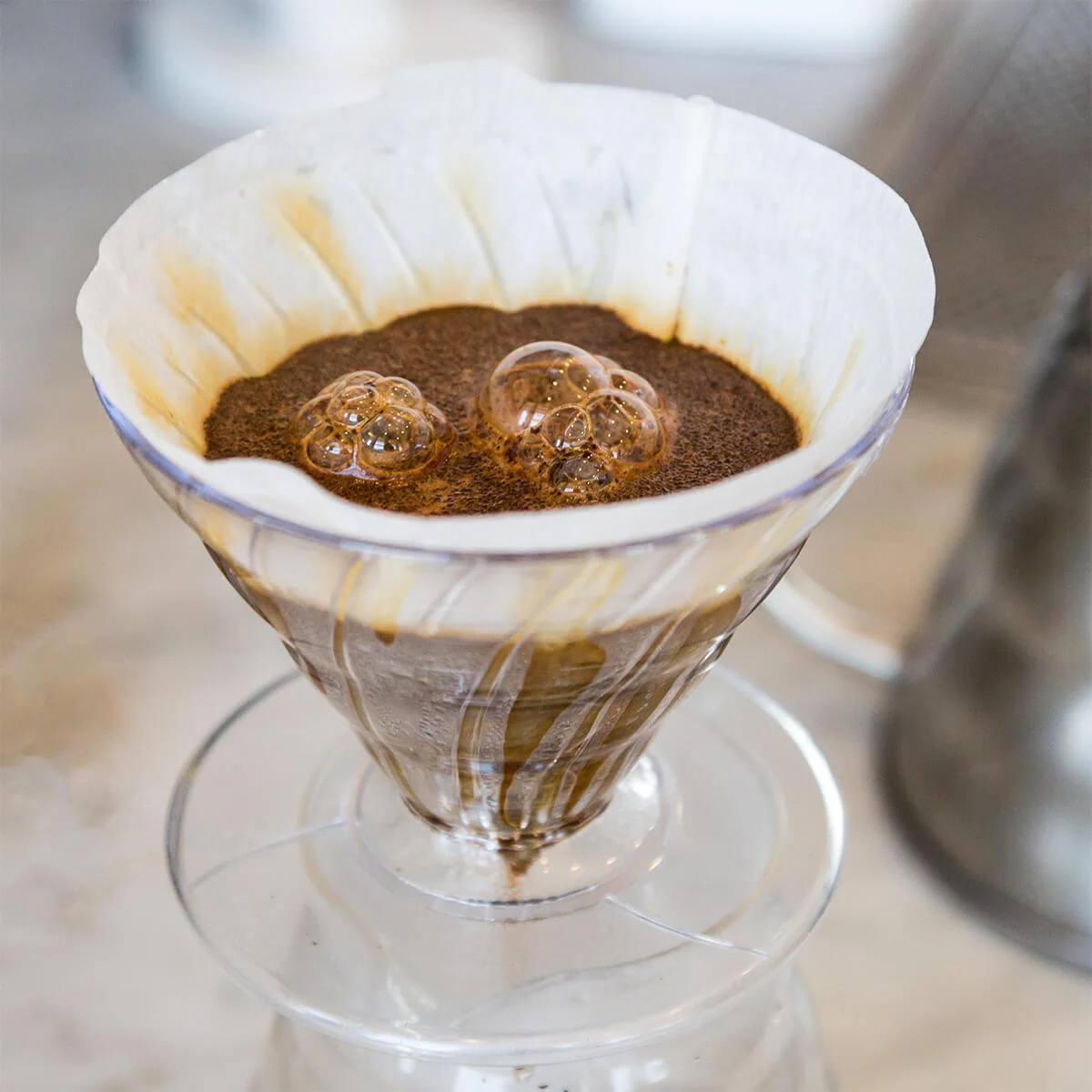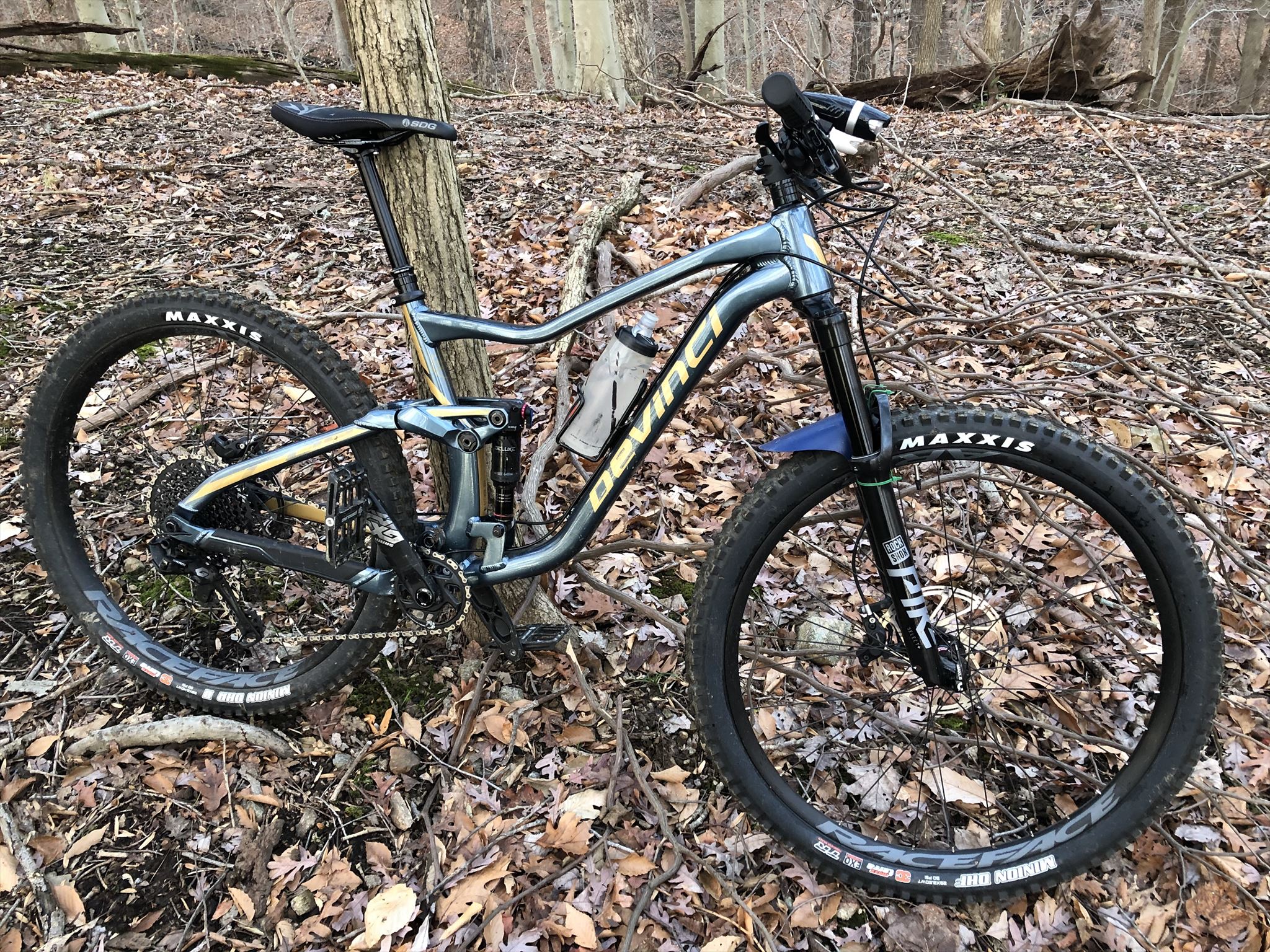- Beans: Bright-Eyed & Bushy-Tailed (blend)
- Roaster: Brewing Good Coffee Company (Savage, MD)
- Origin: Varies seasonally
- Roast level: Medium
- Roast date: 8/26/2025
- Purchase date: 9/12/2025 at BGCC in Savage Mill
First cup: 9/16/2025; Last cup: 9/26/2025 - Tasting notes: Toasted almond, cherry
- V60 with Ode:
- 20g coffee / 300g water (1:15)
- Ode: 3
- Water at 99°C
- Recipe: Single Cup V60 Pourover with size 2 cone, 60g bloom water and 60g pulses – finishes around 02:55
- AeroPress with JX:
- 16-17g coffee / 250g water (1:14 to 1:15)
- JX: 16
- Water at 99°C
- Travel AeroPress Recipe
First of all, driving to Savage from UMBC in the mid-afternoon on a weekday was a mistake. Traffic was terrible, especially trying to get back home. Next time I decide to drive here, I need to do it in the late morning. Biking is definitely the way to go, although they tend to be really busy on Sunday mornings when I typically bike through there. They were not busy at all when I bought these beans.
I really like this blend. It’s very well-balanced, and the 5 or 6 cups I’ve brewed so far have been very consistent (I can’t discount the fact that my brewing technique has also gotten more consistent over time, though all bets are off in the morning when I’m half awake). If I had to drink the same coffee every morning, this wouldn’t be a bad choice. I’m curious how much it varies from batch to batch, given that they choose the beans in the blend based on time of year and availability. Not that I’d ever get around to doing this, but it would be interesting to buy a bag in the summer, freeze it until winter, then buy another bag and compare the two.
9/21: My last couple of cups at grind 3 have tasted a bit over-extracted, so I think I’m going to try backing the grind off to 4 for my next cup tomorrow. Either that, or I can try dropping the water temperature to 95.
9/23: After a little bit of experimentation, grind 3+2, water at 99, and 300/21 (1:14.3) was a pretty good cup this morning. Later in the afternoon, I brewed it the same way with the Switch, keeping the drain closed during the bloom and open the rest of the time. This was a more fruit-forward cup than anything I had brewed with the regular V60. Hard to say which of today’s cups I preferred. I liked both of them better than the previous few days’ cups.
I took the final 34g to work and brewed my last 2 cups with the AeroPress on 9/24 and 9/26. Both were full-bodied and less fruit-forward than the Switch cup. I’d compare them to the first few V60 cups I brewed.





